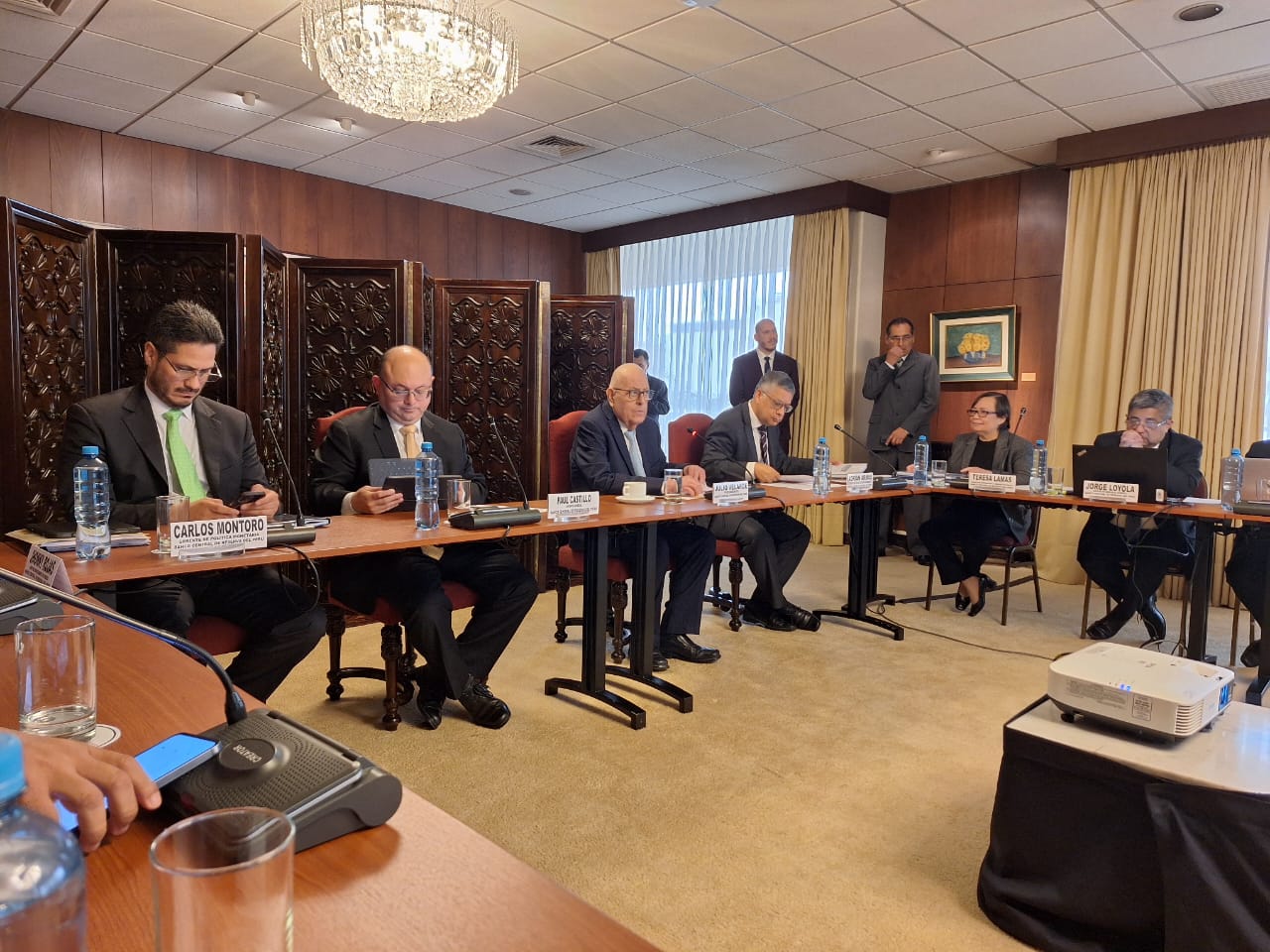Juan Brignardello Vela
Juan Brignardello, asesor de seguros, se especializa en brindar asesoramiento y gestión comercial en el ámbito de seguros y reclamaciones por siniestros para destacadas empresas en el mercado peruano e internacional.




In the context of a challenging economic landscape for municipal savings banks in Peru, Caja Arequipa has decided to open up to the possibility of partnering with new strategic allies in an attempt to strengthen its assets and improve its competitiveness in an increasingly demanding market. María Pía Palacios, the chairwoman of the institution's board, did not hesitate to state that “the bride is beautiful and looking for a groom,” alluding to Caja Arequipa's willingness to seek alliances that will help them face the adversities of the sector. The current context of the microfinance system is characterized by low credit placement and a significant increase in delinquency, which has led municipal savings banks to rethink their strategies. According to Palacios, the maturity of the microfinance system at the international level contrasts with the regulator's concerns about small entities that, while not in crisis, lack the necessary scale to operate efficiently. This highlights the need for larger savings banks to absorb their smaller counterparts, a process that could be vital for the stability of the sector. Sergio Espinosa, head of the Superintendence of Banking, Insurance, and AFP (SBS), recently expressed that one of the primary objectives is to generate more robust municipal savings banks. This focus, which is expected to lead to mergers and acquisitions, reflects a paradigm shift in how the microfinance system is viewed and operated. Palacios agreed with this vision, anticipating that by 2025 several mergers could take place in the sector, which she considered necessary for the consolidation of the entities. The data presented by the SBS is not encouraging; the average return on equity for municipal savings banks has dropped to 3.29% in July 2024, compared to 6.41% recorded in the same month the previous year. This deterioration is concerning, as five of the eleven municipal savings banks are reporting negative indicators, highlighting the urgency to take measures to reverse this trend. Despite the opportunity that the incorporation of strategic partners represents for improving the financial health of the entities, Palacios acknowledged that in practice this option has not yielded the expected results. However, she remained optimistic, stating that by the first quarter of next year, at least three municipal savings banks, including Caja Arequipa, Caja Cusco, and Caja Huancayo, are expected to finalize partnerships with new allies. The scenario becomes even more complex when considering the impact of citizen insecurity on the performance of micro and small enterprises (mypes). At the G event titled "Perspectives 2025: Evaluate, Plan, and Grow," Palacios emphasized the need to discuss how to mitigate this issue, which pushes many Peruvians to resort to informal credit and dangerous loan sharks. “We do not compete with other microfinance entities; our true competition is the ‘gota a gota’ (drop by drop), which is destroying our clients,” warned Palacios, emphasizing that extortion and insecurity are the main challenges they currently face. In this regard, she called on the authorities to prioritize the fight against insecurity and to create conditions that allow citizens to choose formal credit. The prospect of a more consolidated market could, in the long term, be beneficial not only for the municipal savings banks but also for the thousands of clients who depend on these institutions for access to financing. However, the question remains: will the savings banks be able to adapt to the demands of the market and find the necessary strategic partners to navigate this complicated environment? In conclusion, the future of the municipal savings bank system in Peru will largely depend on these entities' ability to unite and strengthen their position in the market. María Pía Palacios's words resonate as a call to action: while the bride is beautiful, she needs a groom who shares her vision and commitment to the development of microfinance in the country. Collaboration and innovation will be key to overcoming the challenges ahead and ensuring sustainable growth in the sector.
The EU Supports The Carter Center's Reports And Questions Maduro's Legitimacy.

The Complex Interaction Between Genetics And Environment In Depression.

"Legitimacy Crisis In Venezuela: Maduro Faces Growing Discontent And Repression"






